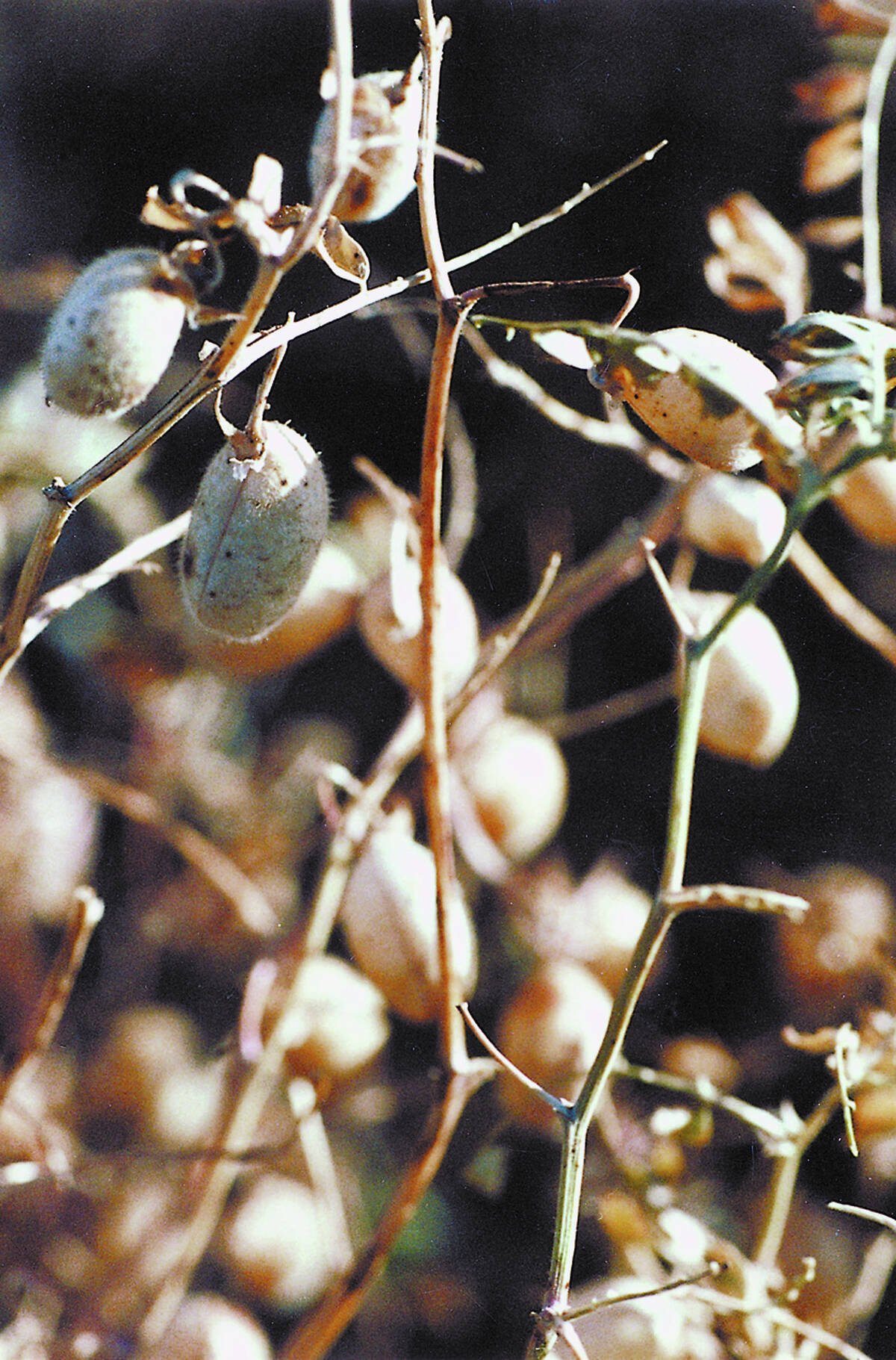Frost is a risk because many crops in the area are at least three weeks behind
GRANDVIEW, Man. — Few towns in Western Canada have a more apt name than Grandview.
From Highway 5, which is the main road through the community, it’s possible to see 10 to 15 kilo-metres south and gaze over agricultural fields, bluffs of trees and the rolling knolls of Manitoba’s parkland region.
This year, in late July, many of the fields south of Grandview were bright yellow, the familiar colour of canola in full bloom.
Most of the canola in western Manitoba, particularly north and west of Brandon, was in the early or middle stages of the flowering period July 23.
Read Also

Low-quality chickpeas in abundance this year
There are plenty of low quality chickpeas to move this year but the pet food market is already oversupplied with product.
The canola is blooming later than normal because 60 to 75 percent of the crop in a large swath of land from Minnedosa to the Saskatchewan border and north to Swan River was re-seeded in early June.
Producers were forced to re-seed after a long and hard frost in late May. Temperatures dipped to – 7 C in several areas, causing irreparable damage to small and sensitive canola plants.
Statistics from Manitoba Agricultural Services Corp., the provincial crop insurer, suggest that 900,000 to 950,000 canola acres were re-seeded this spring in the province.
In late June, a portion of the canola crop, particularly in the parkland region, suffered from a lack of moisture.
However, thunder storms and rain in the first two weeks of July helped revive the crop, said Elmer Kaskiw, a Manitoba Agriculture crop adviser in Minnedosa.
“I don’t think, at least in western Manitoba, that any areas are in a real moisture deficit now,” Kaskiw said. “The re-seeded canola has responded well to that (moisture) … and it’s looking great.”
Roberta Galbraith, who farms near Minnedosa, re-seeded most of her canola crop in early June. Her fields are approximately two-thirds through the bloom period.
“Right where we are, our canola crops are looking pretty decent.”
Re-seeded canola may be decent or good, but it is also late.
Chuck Fossay, a producer from Starbuck, Man., drove past or walked into dozens of canola fields in Manitoba and Saskatchewan July 21-23 during the CWB crop tour.
He saw many canola crops in early flower or in the middle of flowering, and he’s concerned about frost.
“They (the canola fields) probably won’t be ready for harvest until mid to late September,” he said.
Kaskiw said frost is a real risk because the crops will be blooming well into August.
“(We) probably have a full two weeks of bloom left in a lot of these re-seeded crops,” he said.
“Typically after it comes out of flower it (then) takes three weeks to get it even close to any seed colour change.”
Kaskiw said the late seeded canola should be fine with fav-ourable weather, but there is a big difference between the speed of crop development in July compared to August.
“The days get so much shorter and maturity just takes a lot longer to happen once you get into the second half of August,” he said.















